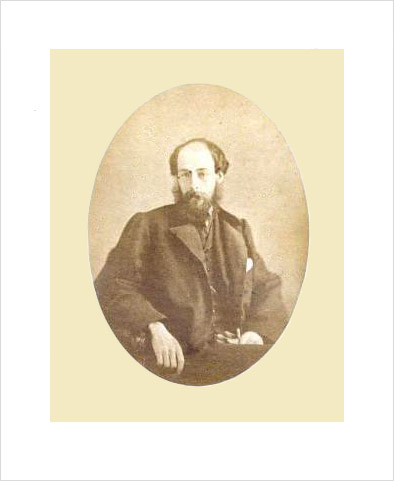
London : John Churchill and sons, 1865.
Description : [1 l] pl., [i.]-xix p., [10 l] pl., [1]-192 p. ; ill.: 1 phot., 10 litho., in-text engrs., tbls. ; 26 cm.
Photograph : frontis. albumen portrait, mounted on printed leaf.
Subject : Knee-joint — Diseases ; excision.
Notes :

In 1850, Sir William Fergusson (1808-1877), professor of surgery at King's College Hospital in London, published a paper on excision of the knee-joint, which propounded a more conservative approach to scrofulous disease of the joint (Lancet, v. xi, p. 683–686). It was a procedure that surgeons had neglected for 69 years because of its high mortality rate, but when it was practiced by a skilled operator, Fergusson considered the operation preferable to a mutilating amputation of the limb. Because of its legacy of risk, however, his procedure was met with a stubborn resistance. His most powerful detractor was James Syme (1799–1870), whose name, ironically, was closely associated with the surgical art of conserving the function of a limb. Fergusson was entirely dependent upon his protégés to advance his cause, especially Peter Charles Price, who wrote and submitted this treatise for the Jacksonian Prize on knee-joint surgery that was announced in 1860. Syme's attacks in the press against the Fergusson procedure contributed indirectly to the rejection of Price's treatise by the Jacksonian committee, even though it was the only paper that had been submitted for the prize. The enormous efforts Price put into researching and writing the paper, and the subsequent heartbreak over its rejection, weighed on his health until he died of tuberculosis three years later. Of particular interest to the scholar of medical photography are the numerous references to photographs that illustrated Price's manuscript, but failed to be published because of the cost.
